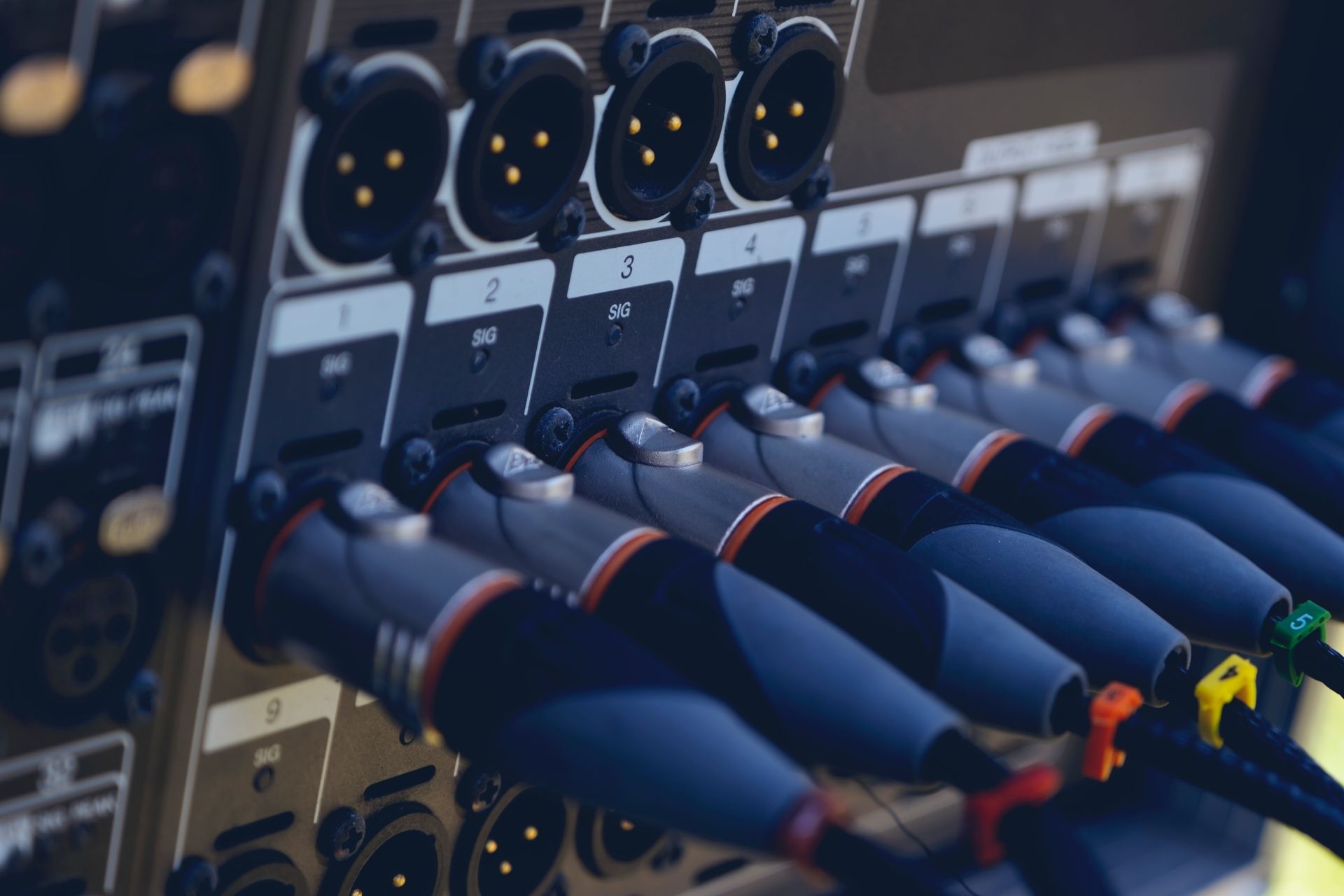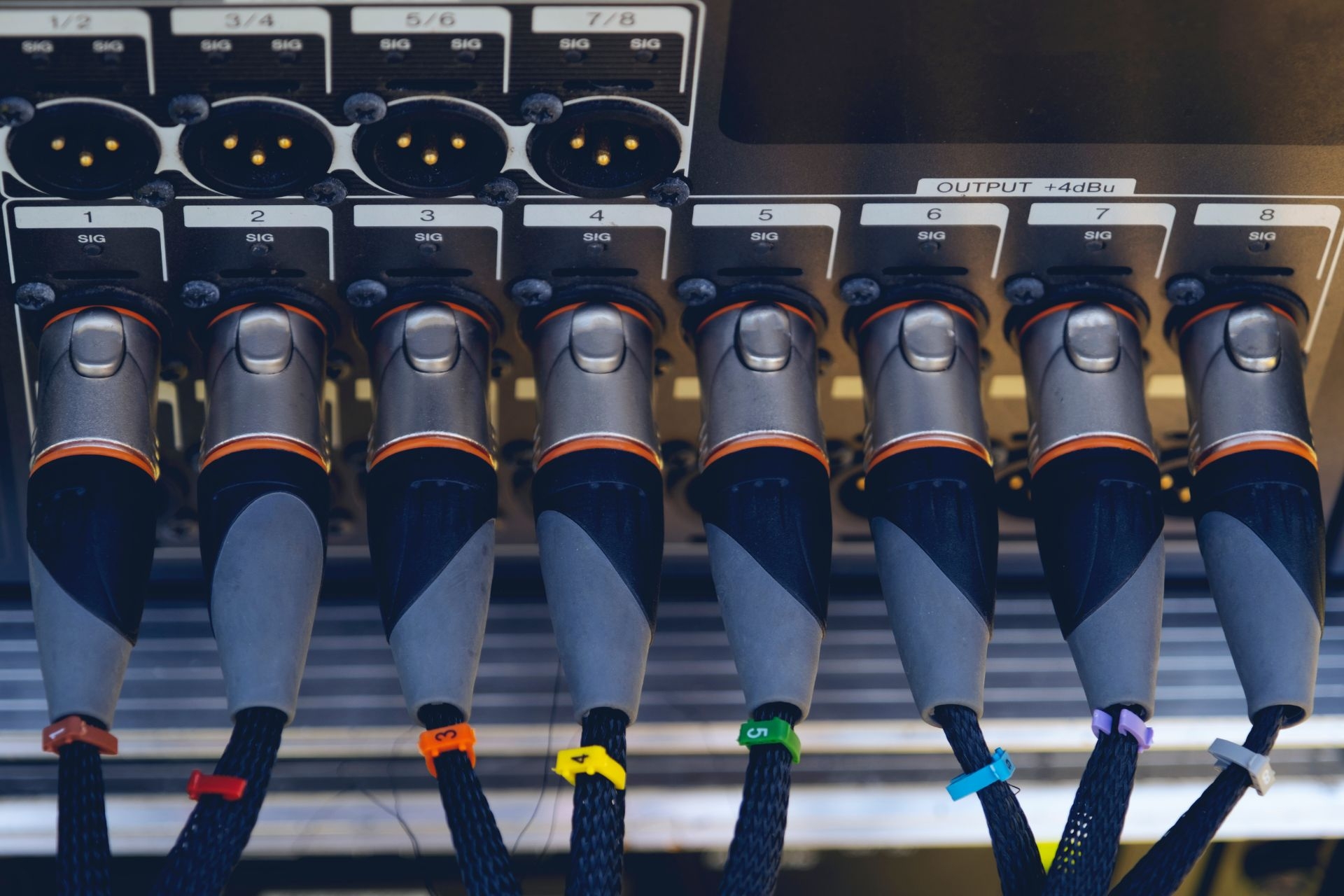

Edge storage solutions offer several advantages in video surveillance systems. They provide a decentralized approach to storing video data, which means that the data is stored closer to the source, reducing latency and improving the overall system performance. Additionally, edge storage solutions can continue to record and store data even in the event of a network failure, ensuring that no critical footage is lost. This can be particularly beneficial in high-security environments where continuous surveillance is essential.
Edge storage differs from traditional centralized storage solutions in several ways. While centralized storage relies on a single location to store all video data, edge storage distributes the storage across multiple devices, such as cameras or network video recorders. This distributed approach reduces the risk of data loss and provides a more scalable and flexible storage solution. Additionally, edge storage allows for local access to video data, which can be advantageous in situations where immediate access to footage is required.
Last week MongoDB CEO Dev Ittycheria likened present-day AI to the “dial-up phase of the internet era.” He’s not wrong. I recently suggested we’re in the “awkward toddler phase” of generative AI (genAI). It’s full of excitement (“her first step!”), but straightforward tasks are clumsy, like basic math. Yet in some areas, the future of generative AI is happening right now. One area is coding assistants such as Amazon CodeWhisperer.To read this article in full, please click here
Posted by on 2024-03-12
While graphics processing units (GPUs) once resided exclusively in the domains of graphic-intensive games and video streaming, GPUs are now equally associated with and machine learning (ML). Their ability to perform multiple, simultaneous computations that distribute tasks—significantly speeding up ML workload processing—makes GPUs ideal for powering artificial intelligence (AI) applications. The single instruction multiple data (SIMD) stream architecture in a GPU enables data scientists to break down complex tasks into multiple small units. As such, enterprises pursuing AI and ML initiatives are now more likely to choose GPUs instead of central processing units (CPUs) to rapidly analyze large data sets in algorithmically complex and hardware-intensive machine learning workloads. This is especially true for large language models (LLMs) and the generative AI applications built on LLMs.To read this article in full, please click here
Posted by on 2024-03-12
In the rapidly evolving landscape of IaaS cloud computing, public cloud providers are increasingly reaching feature and function parity. This means they are beginning to look alike.Before you keyboard warriors remind me that some obscure feature in the object storage system on one provider is better than the object storage feature on another provider, I know they are not exactly the same. I think it’s okay to consider that they are all moving to a similar group of services that do the same things.How did it get this way? This development creates a competitive dynamic between these providers and offers new opportunities and challenges for enterprises. If we have three major cloud providers and three other providers that are catching up quickly, then it’s no longer reasonable to point to a single provider as the one to use. There’s no “best cloud” anymore.To read this article in full, please click here
Posted by on 2024-03-08
Web development platform provider Netlify has added AI-enabled deploy assist capabilities to its Composable Web Platform.Unveiled March 7, AI-enabled deploy assist analyzes failed deployments and offers suggestions to correct errors. Netlify said the feature is intended to reduce the time developers spend manually reviewing logs and debugging failed builds, ensuring failed builds do not become bottlenecks and improving the developer experience.Netlify CTO Dana Lawson explained how the company’s AI addresses issues across toolsets. “When building composable architectures, teams are pulling in tools, content, and integrations that suit them best. When issues happen, it’s not always clear what part of your composable architecture is having issues. It could be code, configuration, etc,” Lawson said.To read this article in full, please click here
Posted by on 2024-03-07
Kubernetes has become the de facto way to schedule and manage services in medium and large enterprises. Coupled with the microservice design pattern, it has proved to be a useful tool for managing everything from websites to data processing pipelines. But the ecosystem at large agrees that Kubernetes has a cost problem. Unfortunately, the predominant way to cut costs is itself a liability.The problem is not Kubernetes. The problem is the way we build applications.To read this article in full, please click here
Posted by on 2024-03-07
When selecting an edge storage solution for a video surveillance system, there are several key features to consider. These include the capacity and scalability of the storage solution, the ability to support various video formats and resolutions, as well as the integration capabilities with existing surveillance equipment and software. It is also important to consider the reliability and durability of the storage devices, as they may be exposed to harsh environmental conditions in outdoor surveillance applications.

Yes, edge storage solutions can be integrated with existing video management systems. Many edge storage devices are designed to be compatible with industry-standard protocols and interfaces, allowing for seamless integration with a wide range of video management software. This integration enables users to access and manage video data from edge storage devices within their existing surveillance infrastructure, providing a more comprehensive and unified surveillance solution.
Edge storage helps in reducing bandwidth and storage costs by minimizing the amount of data that needs to be transmitted over the network and stored in centralized locations. With edge storage, video data is processed and stored locally, reducing the burden on the network and centralized storage systems. This can result in significant cost savings, especially in large-scale surveillance deployments where the volume of video data can be substantial.

Security measures are in place to protect data stored in edge storage solutions. These measures may include encryption of stored data, access control mechanisms, and secure communication protocols to prevent unauthorized access or tampering with the stored video data. Additionally, many edge storage devices offer built-in security features to protect against physical tampering or theft of the storage devices themselves, ensuring the integrity and confidentiality of the stored video data.
While edge storage solutions offer many benefits, there are some limitations and drawbacks to consider. One potential limitation is the storage capacity of individual edge devices, which may be more limited compared to centralized storage solutions. This can require careful planning and management of storage resources, especially in larger surveillance deployments. Additionally, the distributed nature of edge storage may introduce complexity in managing and accessing video data across multiple devices, requiring additional resources and expertise for effective deployment and maintenance.
